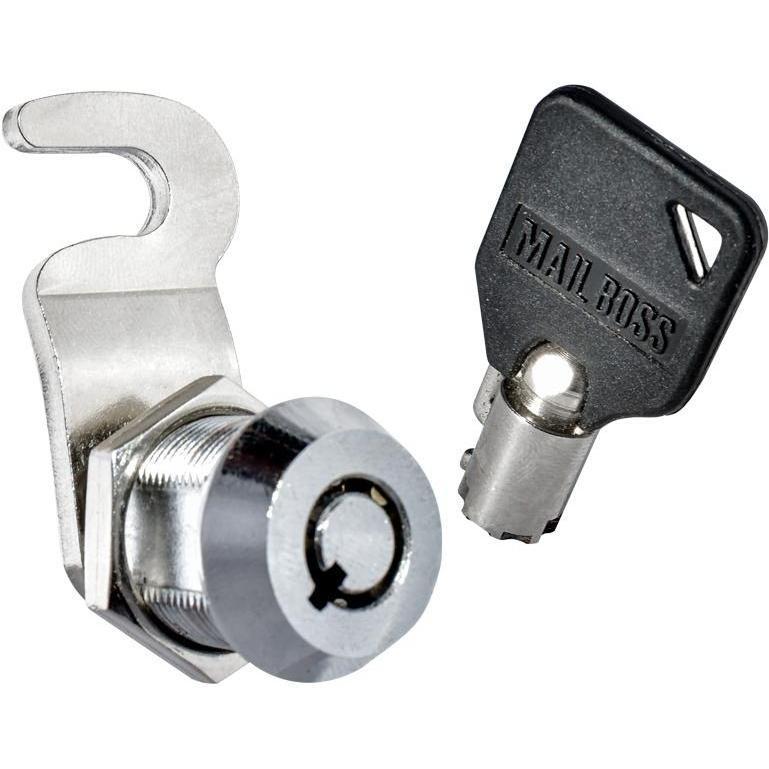When the primitive man lived a cave life, for safety, sometimes he had to push a boulder to block the entrance of the cave. It was not a thief but a beast. After the emergence of private ownership, thieves appeared, and locks were born. More than 3,000 years ago, China had locks. However, the earliest locks had no mechanism, but were made into the shape of fierce animals such as tigers, and they wanted to scare the thieves away. It was only a symbolic lock.
It is said that Luban was the first person to lock the mechanism. Judging from the unearthed cultural relics and written records, the ancient locks relied on the spring force of two leaf springs. Until now, this spring is still in use.
In foreign countries, although the ancient Greeks invented an extremely reliable lock, it is difficult to popularize it in ordinary families because the key is large and it must be carried on the shoulder. The ancient Indians made another kind of bird-shaped “strange lock” with keyholes hidden in wings that could shake. The rise of modern locks was first invented by the British in the 18th century. Our widely used marble lock was invented by American Nelus Yale in 1860.

The key was invented later than the lock. The ancient Egyptians were the first to use the key in the world. Their lock was to insert a wooden door bolt into a groove with a wooden bolt on top of the groove. When the bolt is inserted into the groove, the wooden bolt is inserted into the hole of the bolt. In this way, the bolt is strong and must be opened with a key.
Since the Egyptian lock can only be used on the side with the bolt, it is not conducive to flexible opening and closing. Therefore, based on this, the Greeks developed a lock that can be opened from the other side. The key made by the Greeks was a curved wooden stick, shaped and sized like a small sickle used by farmers. But some keys are 3 feet long and must be carried on your shoulders to carry, which is quite heavy.
The Romans can be said to be the most sophisticated locksmiths of ancient times. They have studied the standards for making keys and have learned to cut the nails at the ends of the keys into various shapes.